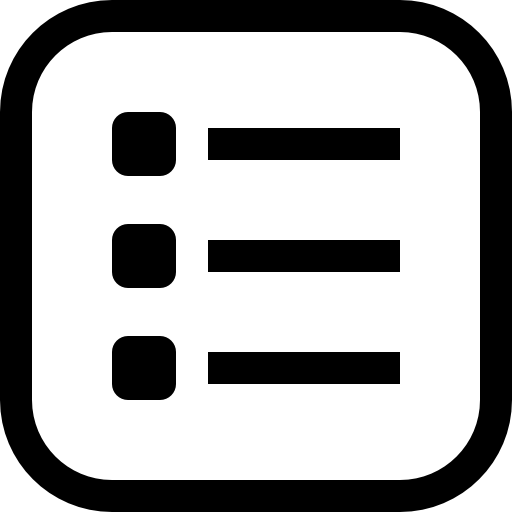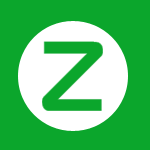For many business managers and IT teams digital signage is no longer a luxury, it’s a necessity. For small and medium-sized businesses (SMBs), it’s a powerful tool to connect with customers, inform employees, and unify operations across locations. Yet, choosing the right digital signage solution can be daunting, especially when budgets and technical expertise vary.
ScreenCloud positions itself as an enterprise or corporate digital signage platform, created “for the modern workplace.” Designed with simplicity and scalability in mind, it promises to take the headache out of managing screen content, whether for an office lobby, retail display, manufacturing floor, or quick-service restaurant.
Let’s take a deep dive into ScreenCloud: what it is, how it works, what it offers, how much it costs, and how it compares to other options.
What is ScreenCloud?
ScreenCloud is a cloud-based digital signage platform that helps businesses manage content across multiple screens, regardless of location. Unlike traditional systems that require expensive hardware and technical setup, ScreenCloud operates via the web and integrates with affordable media players like Amazon Fire TV Stick, Android TVs, and Chromebox.
Founded in 2015, the UK- and US-based company has since grown to serve thousands of organizations worldwide including SMBs, global enterprises, schools, and even governments. Its mission: make screen communication simple, scalable, and effective.
At its core, ScreenCloud allows users to upload or connect digital content (think videos, images, dashboards, social feeds, and announcements) and schedule that content across any number of screens.
How Do You Use ScreenCloud?
ScreenCloud is designed to be intuitive, even for teams without IT departments. Setup involves three basic steps:
1. Connect a screen
Plug a compatible device such as an Amazon Signage Stick or a ScreenCloud OS device into your screen’s HDMI port. These devices come pre-installed with ScreenCloud, but if using your Smart TV’s native casting ability, or another media player, you will need to download their app to the TV.
2. Log in to ScreenCloud
From any browser, sign into your ScreenCloud dashboard. This is your command center for managing all content, screens, users, and settings.
3. Start publishing content
Upload your own media or choose from hundreds of integrations and apps like Google Slides, Power BI, Canva, or social media feeds. Schedule content to play by time, day, or location.
ScreenCloud supports centralized control and multi-user permissions, which is useful for businesses managing several screens across multiple sites. They also offer remote device management, when using a compatible media player, which can be invaluable for IT teams.
Key Features of ScreenCloud
ScreenCloud’s feature set is built around flexibility, ease of use, and workplace readiness. Here are the highlights that stand out for SMBs:
1. Content Management System (CMS)
ScreenCloud’s web-based CMS is the hub where users upload files, create playlists, and assign them to screens. It supports images, videos, PDFs, URLs, and live dashboards.
2. Easy content creation
As well as integrating with popular design apps such as Canva, ScreenCloud offers several top-tier design apps such as their native Quick Post app, their own design tool Canvas and many
ready to go integrations.
3. Apps and Integrations
The platform offers over 80 plug-and-play apps, ranging from Google Workspace tools and Microsoft 365 to weather widgets, Slack, Instagram, and more. There are also specialized integrations for dashboards (like Power BI and Tableau) and workplace communication (like SharePoint and Trello).
4. Playlists & Channels
You can organize content into playlists and assign them to different channels, which represent screen groups. This is ideal for customizing content based on region, department, or audience type.
5. Scheduling & Smart Rules
Schedule content by date, time, or even audience. Smart Rules let you automate screen content based on dynamic data, like office occupancy or internal KPIs.
6. Screen Takeover Mode
Need to send a live update or emergency alert? ScreenCloud lets you interrupt regular content to push real-time announcements instantly.
7. Security & User Permissions
ScreenCloud meets enterprise-grade security standards (including SSO and SOC 2 compliance). SMBs can set granular user roles, ideal for delegating access across teams.
8. Device Management
A full device management dashboard shows you which screens are online, what content they're playing, and whether updates are needed, making remote monitoring painless.
How Much is ScreenCloud?
ScreenCloud offers three pricing tiers, each geared to different business needs. All plans are billed per screen, with a 14-day free trial available.
- Starter ($20/screen/month)
Ideal for simple signage use with limited integrations, standard scheduling, and basic support.
- Teams ($30/screen/month)
Best for SMBs who need more control, includes all Starter features plus multi-user support, app integrations, and screen takeover.
- Enterprise (Custom pricing)
For businesses with 100+ screens or custom infrastructure needs. Includes dedicated account management, SLA, advanced security, and API access.
There are also optional hardware bundles with ScreenCloud OS for those seeking plug-and-play simplicity. While the pricing is mid-range, the value comes from ease of deployment and scalability, especially when compared to traditional systems with higher setup and maintenance costs.
Other Digital Signage Options
There’s no shortage of digital signage platforms on the market. Here’s how ScreenCloud compares with a few notable alternatives:
1. Yodeck
- Pros: Free for one screen; Raspberry Pi support; strong scheduling tools.
- Cons: UI less polished; fewer enterprise integrations.
- Best for: Tech-savvy teams with tighter budgets.
2. Rise Vision
- Pros: Free for schools; strong template library.
- Cons: Limited integrations; basic user permissions.
- Best for: Education and nonprofits.
3. Play Digital Signage
- Pros: Real-time content sync; device flexibility.
- Cons: Less suited to large-scale deployment.
- Best for: SMBs needing quick setup across varied devices.
4. Enplug (now Spectrio)
- Pros: Highly customizable; great for internal comms.
- Cons: More complex setup; higher cost.
- Best for: Mid-sized businesses with in-house IT support.
What sets ScreenCloud apart is its focus on workplace communication, it's not just signage, but a platform built to improve information flow across hybrid teams, deskless workers, and customer touchpoints.
Summary
For small and medium-sized businesses looking to modernize communication and engagement, ScreenCloud hits a sweet spot. It’s easy to set up, simple to scale, and rich in features that matter most: content flexibility, workplace integration, and centralized control.
While not the cheapest solution on the market, ScreenCloud offers strong ROI through time saved, engagement improved, and messaging made more impactful. Whether you're managing a few retail screens or coordinating content across multiple offices, it's a reliable and polished choice.
If you’re an SMB that values professional-grade signage without the complexity, ScreenCloud is a smart, future-proof investment.


 Table of Content
Table of Content










